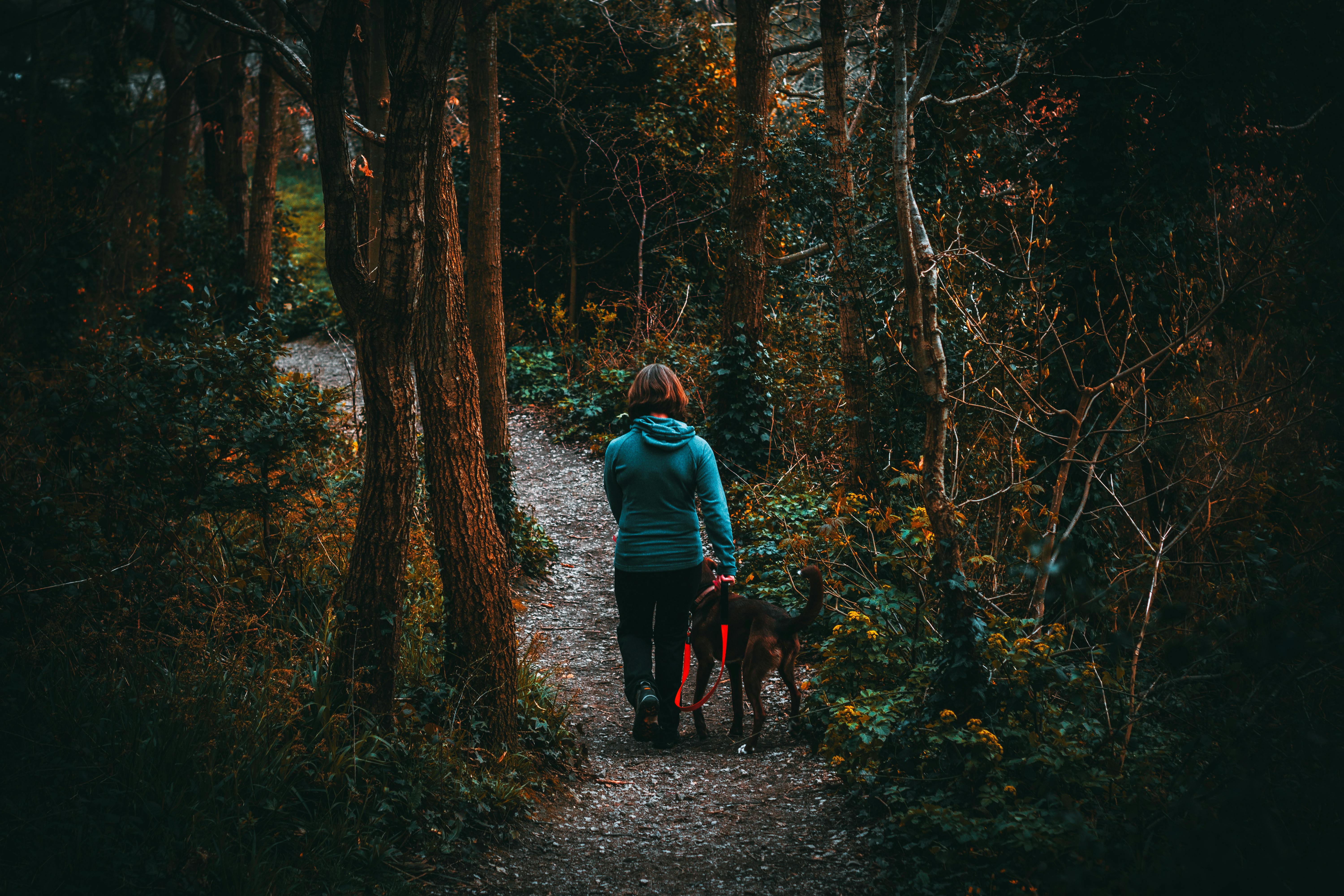Before you decide on a catio design and build an outdoor cat enclosure, you need to know these important facts to keep your feline happy and safe. Catios, also known as cat pens and cat cages, are great structures that allow pet owners to let their kittens outside while keeping them safe. This new cat containment solution is a hot trend ever since it was featured in a New York Times article recently.
Catios are available in many sizes and shapes ranging from a window box or window cage to a completely separate outdoor enclosure. Before deciding which catio design is right for you and your beloved cat, there are a few safety considerations to keep in mind to ensure your catio is as safe as possible.
Catio building materials must not be toxic to cats. Many kitty owners are unaware of the many materials dangerously toxic to felines. For example, Pinewood is toxic to cats. Pine is a dangerous type of wood that should never be used when building your outdoor cat enclosure. Any pressure-treated wood found at local home improvement stores is toxic to your feline friends, so choose a wood like untreated eastern white cedar to ensure your cat doesn’t get sick from the chemicals used on most pressure-treated lumber.
Catios are more lustrous when decorated with accessories and plants. however, there are many species of plants that are toxic and choosing the right ones for your new outdoor enclosure is one of the most important things you can do to keep your feline safe. The following is a list of cat-friendly grasses that you can grow to put inside your cat’s cage. 1) oat grass 2) wheat grass 3) catnip and 4) catnip. Plants like tomatoes are deadly to cats, so be sure to check out each plant you’re thinking of putting in your outdoor cat enclosure catio design by going online for a safe list of cat plants.
